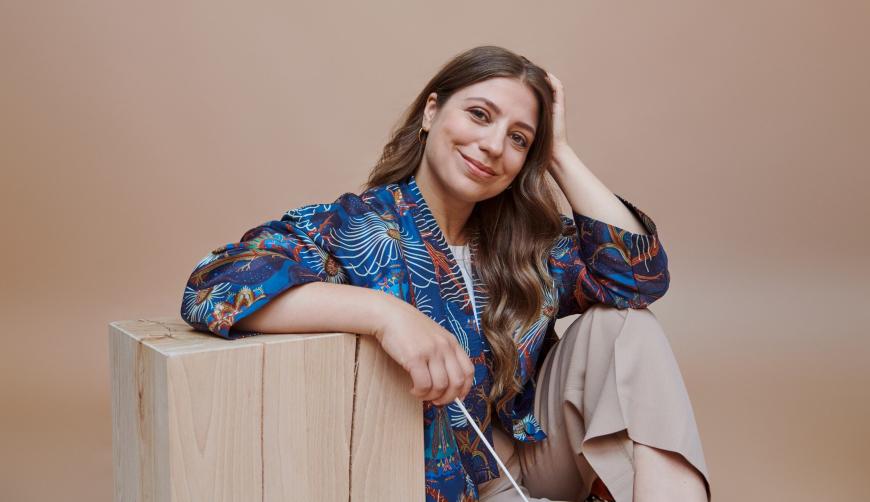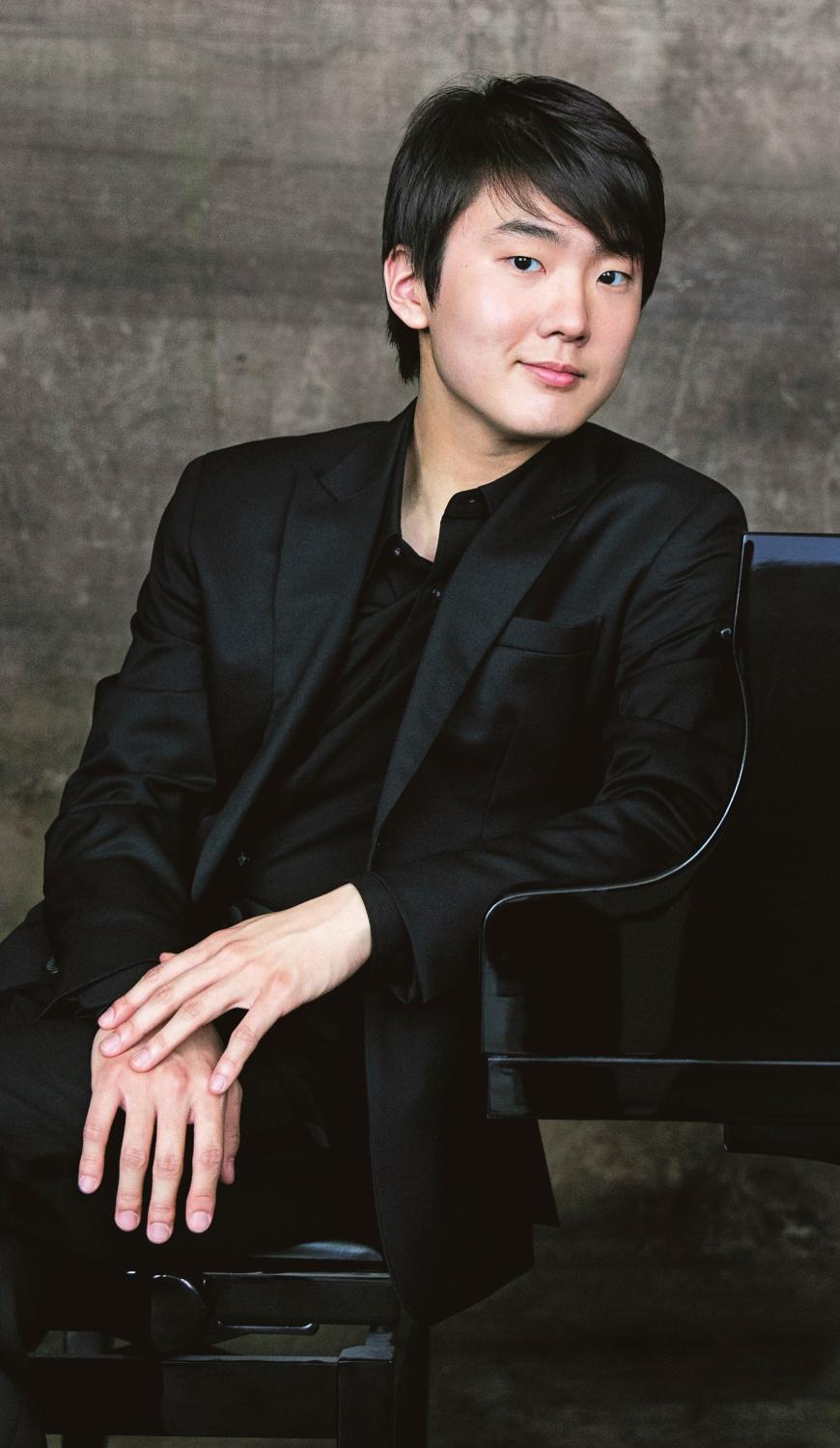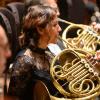
The Ukrainian-Finnish conductor Dalia Stasevska made her debut with the San Francisco Symphony last year in a program centered around Jean Sibelius that won her accolades. This year, standing in for Music Director Laureate Michael Tilson Thomas, who withdrew from these dates to focus on his upcoming performances of Gustav Mahler’s Fifth Symphony, would she impress again?
She sure did, along with the young Korean pianist Seong-Jin Cho, in a concert of Beethoven and Antonín Dvořák that had the audience in Davies Symphony Hall quite properly on its feet and cheering.
This was Cho’s SF Symphony debut, and he played Beethoven’s Piano Concerto No. 3 in C Minor. This concerto, from 1803, is a stylistic chameleon: A pianist can make it sound like very late Mozart or like fully mature Beethoven. Cho and Stasevska opted to look forward to the Beethoven of a few years later, yielding an intensely dramatic large-scale performance that nonetheless had plenty of poetry to it.

Cho, a past Chopin Competition winner, has tremendous technique and plays with gorgeous, nuanced tone. What you took from the performance, though, was the depth of his musicianship: his attention to interactions with the orchestra, the ways in which he articulated the counterpoint in the piano part, and the rhythmic clarity of his playing.
Stasevska was the ideal concerto partner, balancing the piano and orchestra perfectly and, mirroring Cho, bringing out all the counterpoint in the orchestra. The first movement had power but also hushed mystery where needed in quieter sections. The second movement, marked Largo, was very slow, and yet both Cho and the orchestra maintained a firm, clear line and forward movement.
Throughout the concerto, Stasevska’s phrasing and detailed dynamic control illuminated the structure of the work and made a big contribution to that forward movement. For his encore, Cho chose the second of Franz Liszt’s Three Petrarch Sonnets, and again, his musical insight was far more important than the virtuosity the work requires.
This was SFS’s third recent outing with Dvořák’s Symphony No. 9 in E Minor (“From the New World”) following performances in 2023 with Joshua Weilerstein and 2022 with Xiang Zhang, making it the very definition of an orchestral chestnut. No matter: It’s irresistibly beautiful. When you hear a performance with the energy and boldness Stasevska brought to it, you can only marvel and be grateful and take notes with “wow!” and “whew” liberally strewn about.
Stasevska is a conductor of big, sweeping gestures, with her whole body responding organically to the music, and that suits this symphony perfectly. As in the Beethoven, her phrasing was both expansive and detailed. Her sense of structure and the relationships between sections of a movement made each transition absolutely seamless.
Russ de Luna played the second movement’s famous English horn solos with plaintive eloquence. The entire movement felt suspended in time and midair, yet it still had body and tensile strength. The section played only by the first-desk strings was astonishingly beautiful; the brass chords at the close made up for a slight mishap in ensemble at the opening.
The brass were splendid throughout the symphony; special kudos to Daniel Hawkins, who played principal horn here and in the Beethoven. He’s the new principal horn of the Dallas Symphony, on leave from his position with SFS, and he made it clear why Dallas hired him.




